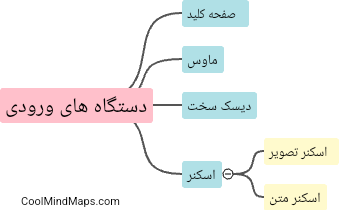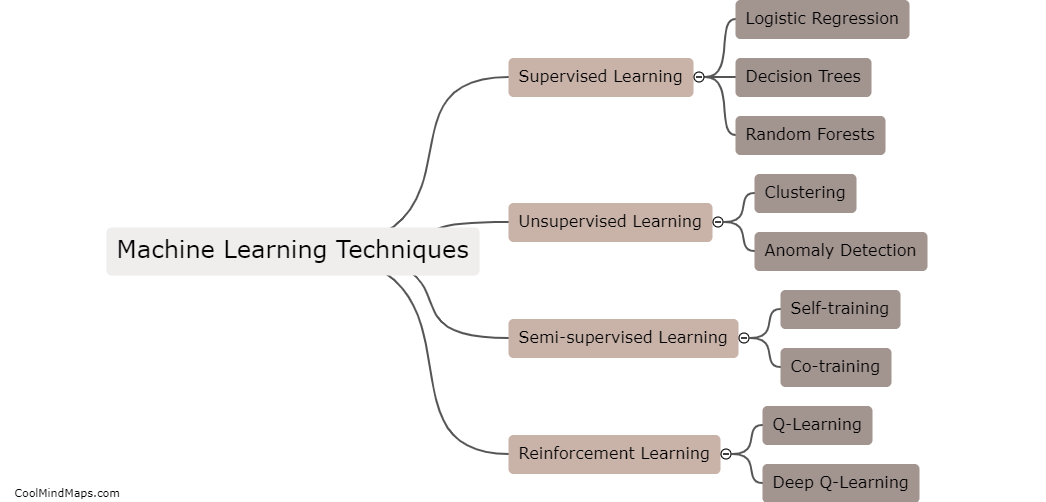How does machine learning contribute to the accuracy of fraud detection?
Machine learning plays a vital role in enhancing the accuracy of fraud detection by leveraging its ability to detect patterns and anomalies in large datasets. Through the process of supervised learning, machine learning algorithms can be trained on historical data that includes labeled fraudulent and non-fraudulent transactions. These algorithms learn from these training examples and develop models that can detect fraudulent patterns effectively. The models consider various features such as transaction amounts, location, time of day, user behavior, and more to identify potential fraudulent activity. Machine learning algorithms continuously evolve and adapt to new fraud patterns and techniques, thereby improving their accuracy over time. By analyzing vast amounts of data and detecting subtle patterns that humans might miss, machine learning enables financial institutions and businesses to detect and prevent fraud more efficiently and effectively.

This mind map was published on 4 August 2023 and has been viewed 111 times.











